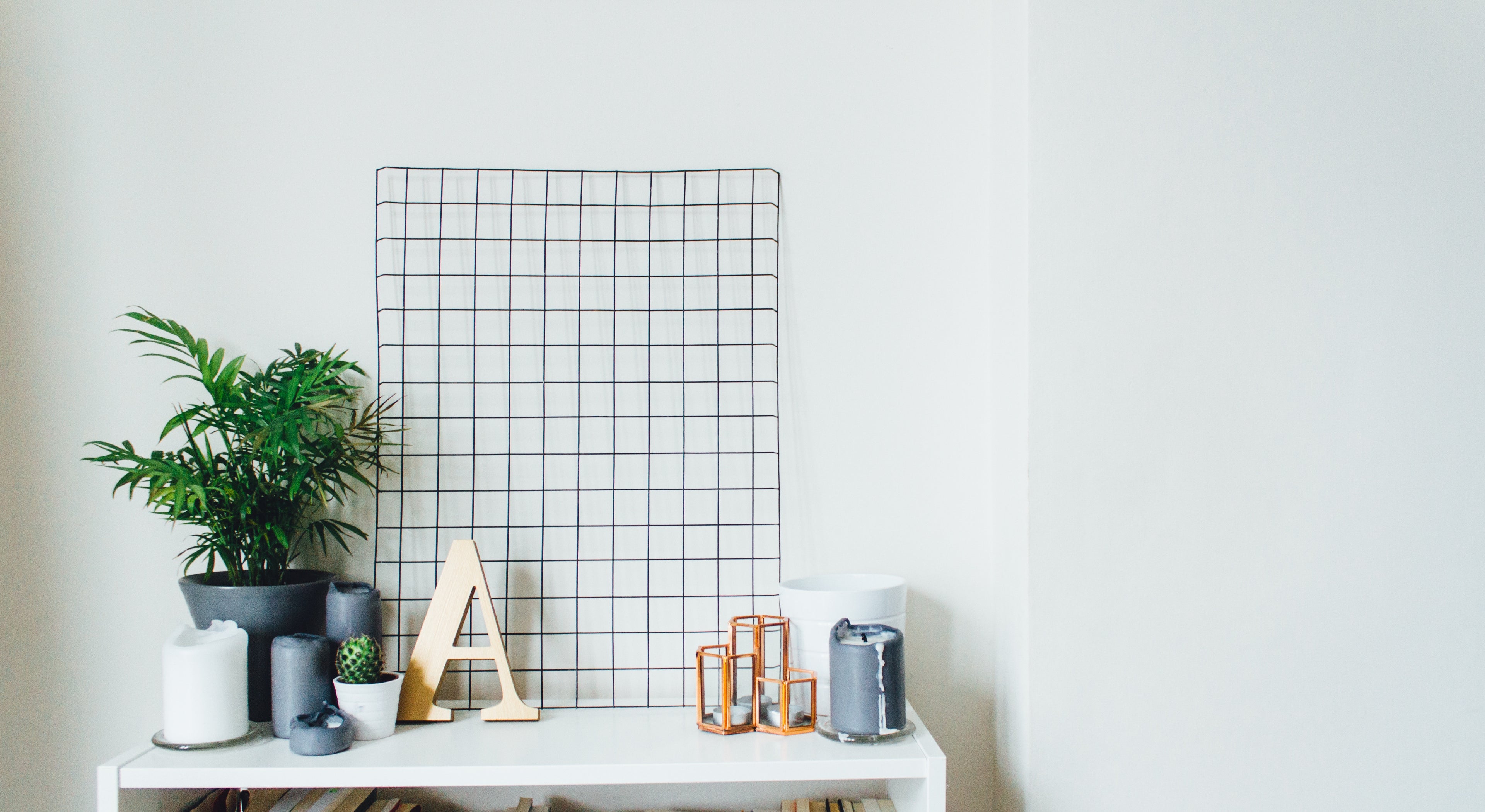Your bag is empty
Already have an account? Log in to check out faster.
Already have an account? Log in to check out faster.


We all want our children to grow up happy and healthy, and mental and emotional growth is just as important as physical growth. Children first learn how to learn in the home, this love for learning as early as a year old. Here are five ways you can make sure your home is a natural learning environment for your little one.
You are your child’s first and primary role model. They mimic your words, actions, and attitude—good or bad. To instill a desire for learning in your children, you too must show enthusiasm. Read books with your children, take them to the zoo or aquarium and talk about the animals, go outside to play and talk about the different types of trees, birds, butterflies, or bugs.
Celebrate your child when they learn something new, identify strengths and tell them. If you see your child showing an affinity for something—bugs, for instance—you can serve as an inspiration. You might get them a butterfly net or books about bugs, you might take them on nature walks or find community groups at your local library where a bug expert comes to talk.
The older children get, the more they will understand “failure.” Make sure the home is a safe place to get something wrong. For example, if a school-aged child is having trouble with a subject, provide encouragement, reminding them that they can problem solve and overcome this challenge.
Let them know that it’s OK to be frustrated or upset so long as that frustration is expressed in a healthy way.

As your children grow, they will not only be able to handle more autonomy, they will need more autonomy. By the time your child enters there is room for them to develop their own autonomy. You can encourage this by allowing them to help brush their teeth, letting them help pick out clothes for the day, or letting them choose between two healthy breakfast options.
Allowing your child to be autonomous encourages them to explore, discover what they like and what they don’t like, and build the confidence necessary to develop and grow.

Activities like painting, drawing, dancing, singing, storytelling, and games are an excellent means for creative expression. There’s no shortage of benefits of creative play: encouraging impulse control, building confidence, promoting social skills, and intellectual discovery.
By making your home a safe space for creativity, you facilitate your child’s learning and mental growth.
Contributed by a friend of Handsocks, Matilda Davies, who is a health and wellness writer based in Raleigh, North Carolina.